
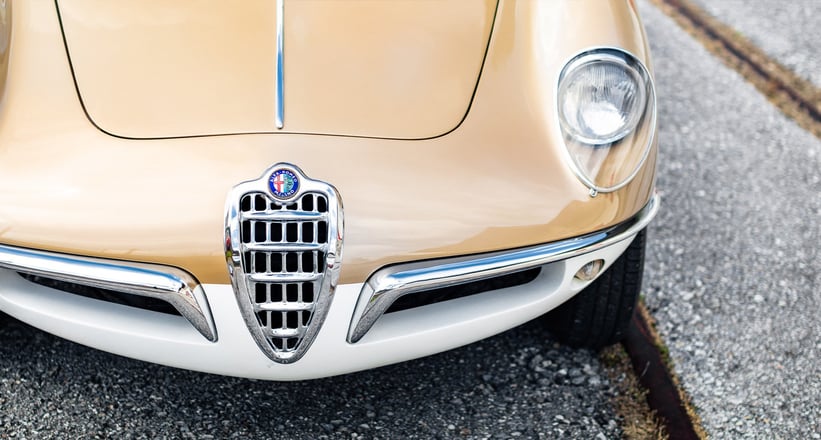
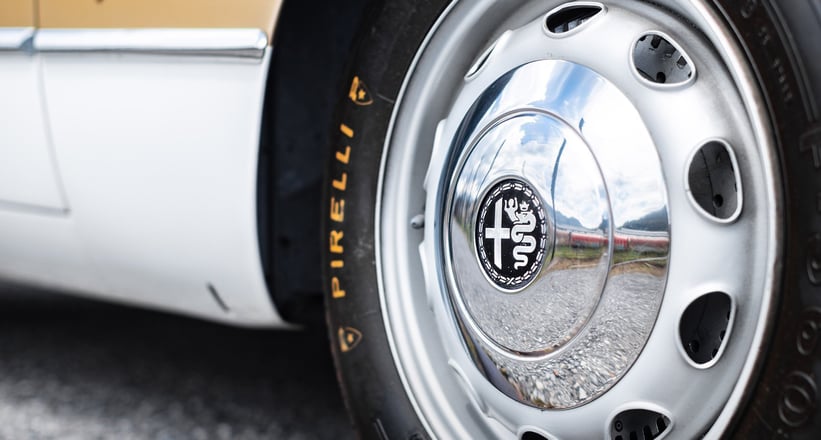
Back in the mid-1950s, Alfa Romeo had been enjoying success with its Giulietta sports car – so much so that Max Hoffman, the biggest importer of Alfa Romeos into the United States at the time, requested that an open-top version of the Giulietta Sprint be built for the US market. Clearly, Alfa Romeo thought this was an excellent idea, and to ensure the design for its new open Giulietta was up to par, it pitted two of Italy’s premier design houses, Pininfarina and Bertone, in competition against each other. We obviously know who came out victorious there — the world was graced with many beautiful Pininfarina-designed Giulietta Spiders, but while Bertone’s designs were rejected, its two prototypes would go on to influence many of Alfa Romeo’s open-top sports cars in the latter half of the 20th century.
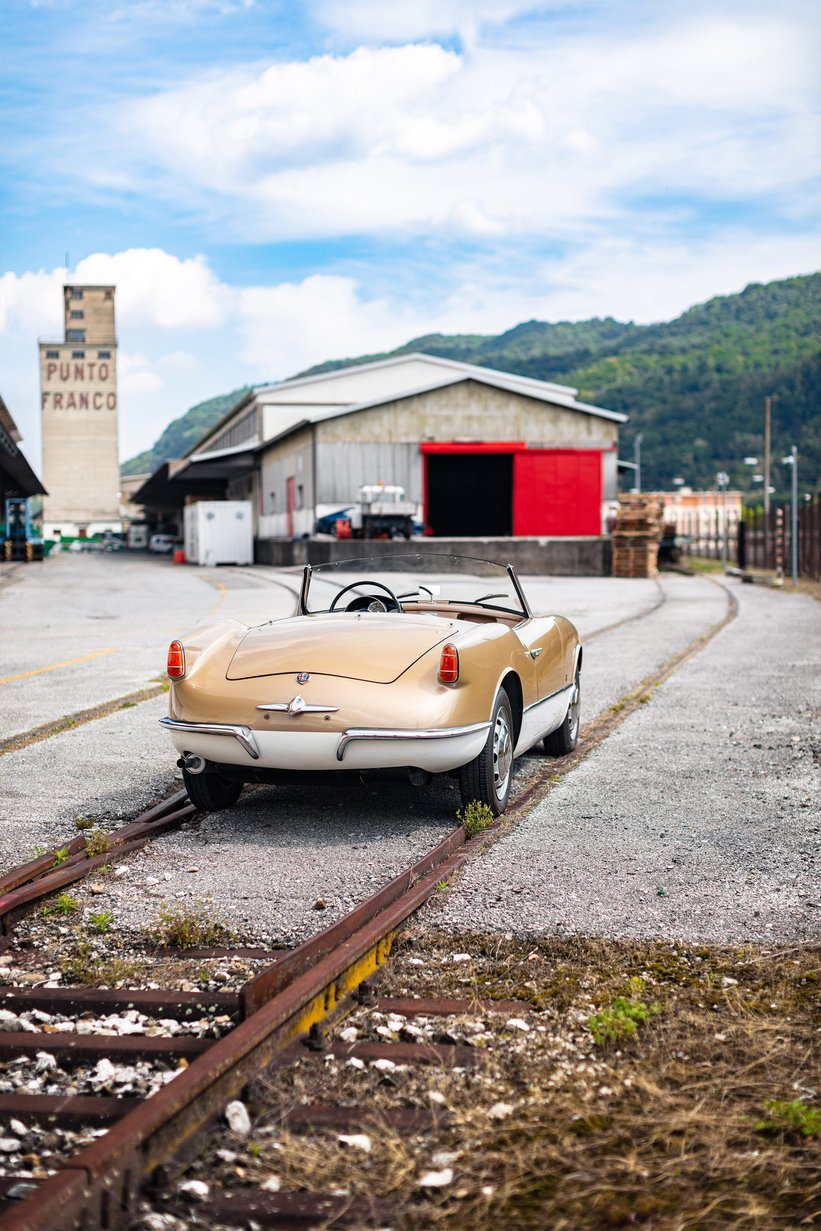
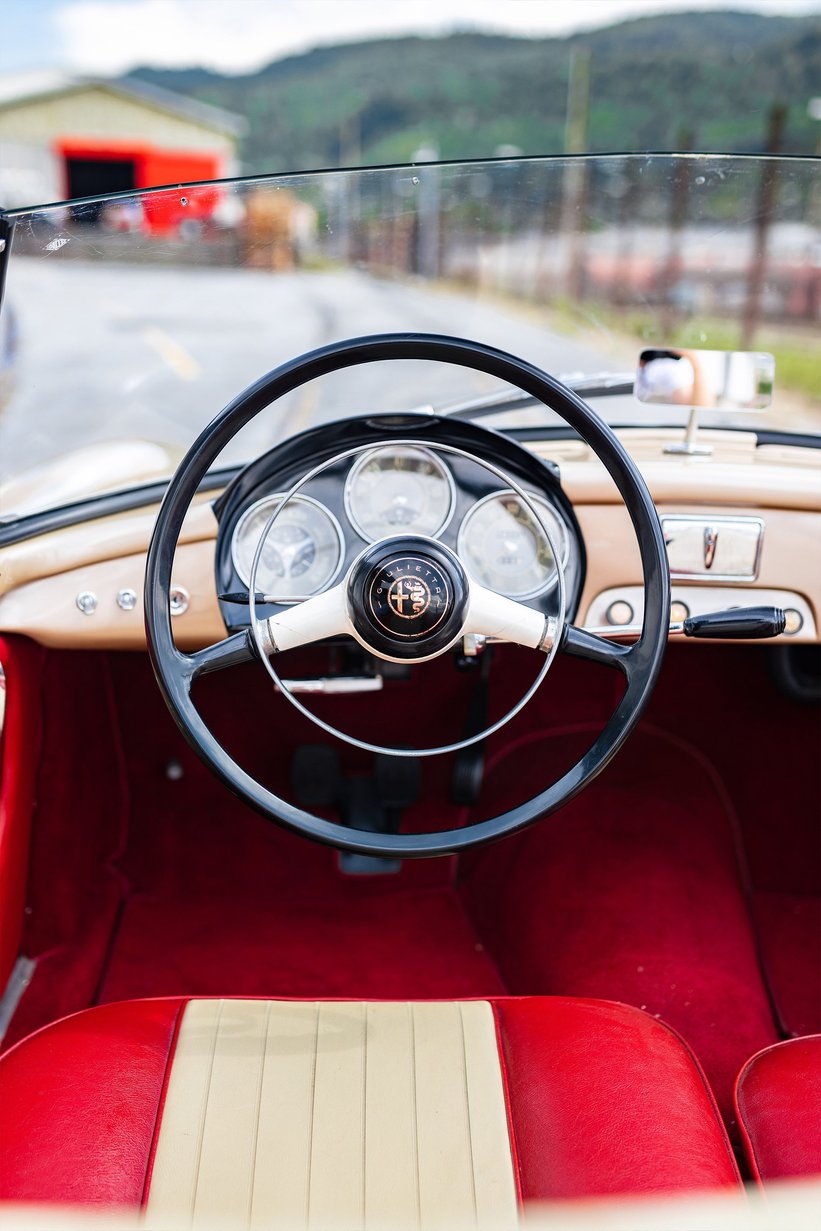
Where Pininfarina’s design was clearly more formal with its round headlights, the two Franco Scaglione-designed prototypes were far more radical. The first was finished in red and differed from the car you see here with its narrower, more pointed headlights, as well as rear fins without integrated tail-lights. It was a stunning design, but arguably this two-tone, gold-and-white car, built in 1955, is the real showstopper. The two prototypes were clearly influenced by both contemporary American luxury barges and the wild BAT concept cars. As a result, when both were shown to Hoffman, they were deemed too modern and difficult to produce, especially due to those aerodynamics-inspired tail fins. "The designs were very modern for the time, very futuristic – arguably too futuristic”, says Duccio Lopresto while walking us through the car’s history. “They judged the car wouldn’t be commercially successful; it was just too expensive to produce”. Having failed to get the green light for production, the two prototypes were separated: the red car, chassis 0002, headed to Switzerland, while this car, chassis 0004, was sold to Hoffman, but remained in Italy.


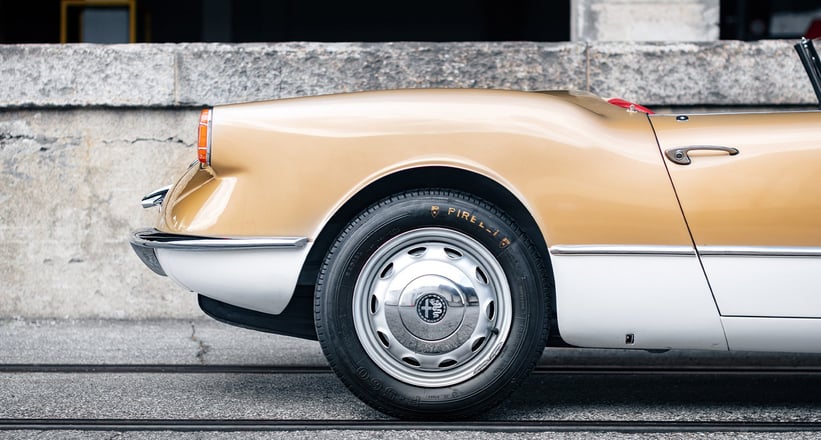
Fast-forward to the 1990s, and a young Corrado Lopresto heard about a rare Alfa sitting in an entrepreneur’s collection. Neither man really knew what he was looking at, which was understandable, because the car was almost unrecognisable from the prototype that rolled out of the Bertone design studio. The two-tone paint had been obscured by a classically Italian, but far less enchanting, red respray, while the original two-tone cream-and-red interior that chassis 0002 and 0004 shared had also been retrimmed. However, Corrado recognised that this wasn’t any ordinary Alfa. Duccio recalls: “My father saw the lines and knew it was a special car. He bought it for nothing, like a few thousand lira!” The car’s condition was also a far cry from its current pristine finish, firmly falling into ‘barn find’ territory.
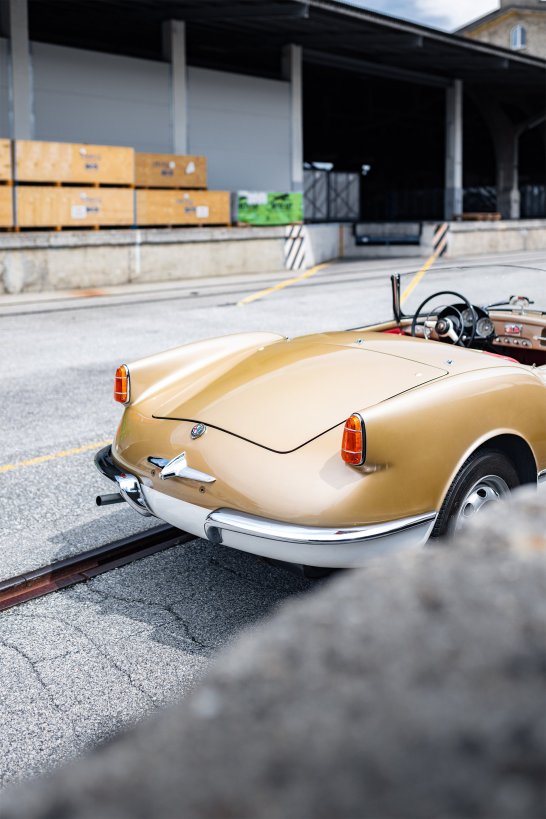

Having purchased the car, Corrado began the lengthy process of uncovering its history. Analysing the paint, traces of gold were discovered, hinting at the car’s previous life as a working concept. After some digging, images of it outside a Milan dealership in 1956, in the exact elegant colour combination you see here, surfaced. Incredibly, when the Loprestos began disassembling the interior as part of the restoration process, they found that under two layers of retrimmed leather were the original cream-and-red seats. While the paintwork had to be completely redone, the body was in surprisingly good shape, with only a few areas of the aluminium at the front and rear requiring attention. Over all, an impressive 80% of the original metal was saved.
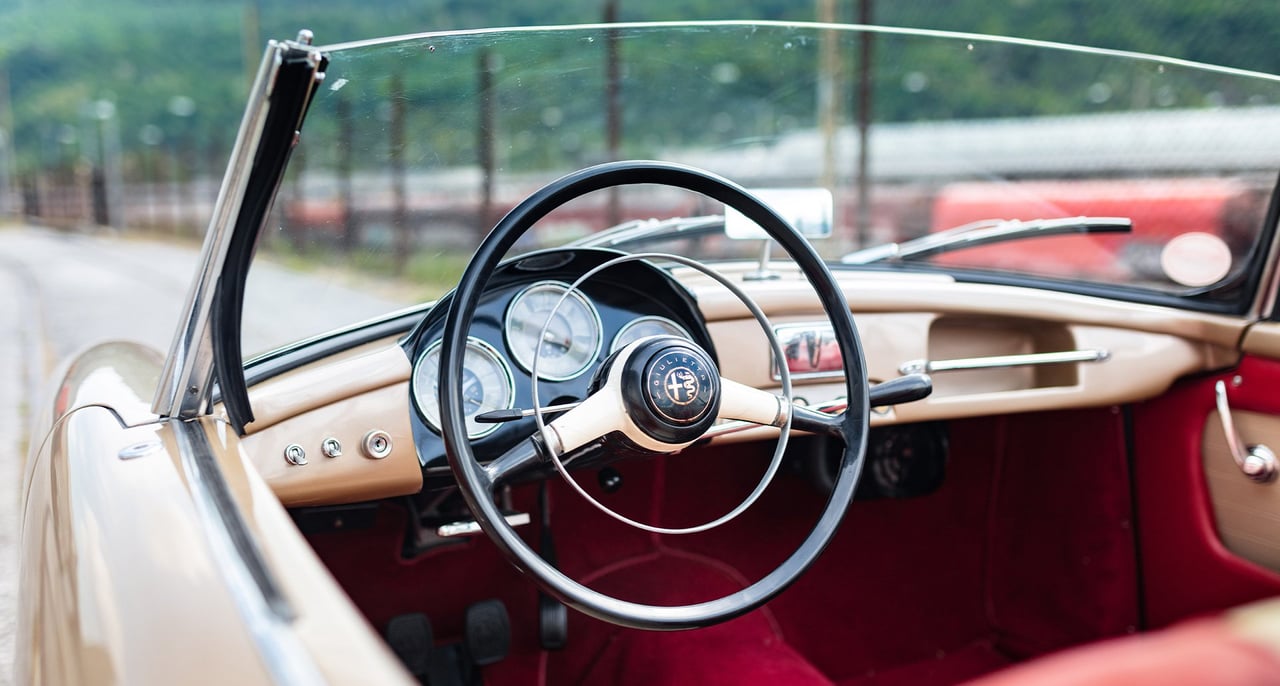
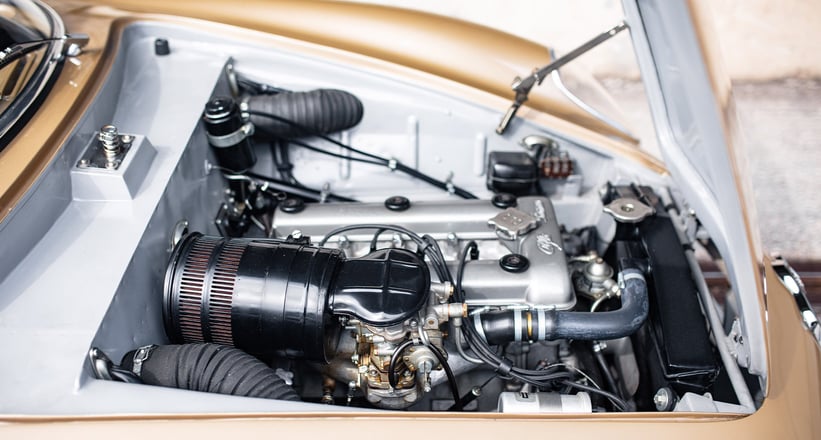
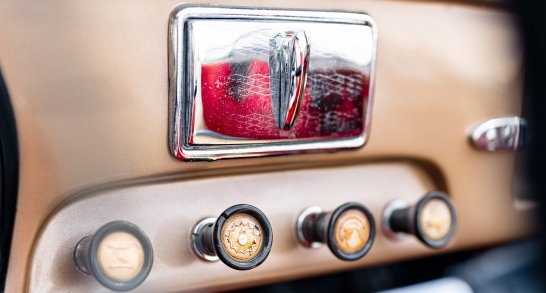
Around the time of the car’s completion in the early 2000s, Corrado Lopresto wasn’t nearly as well known or respected as he is today. The idea that a relative newcomer had rediscovered and restored such a significant car to Alfa’s history was beyond belief to many of the established players in the restoration business, and while chassis 6901 was relatively well known, the existence of a second car was widely disputed. However, after Corrado had retraced the car’s history and produced an enormous amount of documentation attesting to the car’s validity, even the most stubborn of naysayers couldn't deny the little Alfa’s authenticity. The full-circle moment came when the prototype was reunited with Mrs. Garuti, wife of the car’s first owner, half a century on.
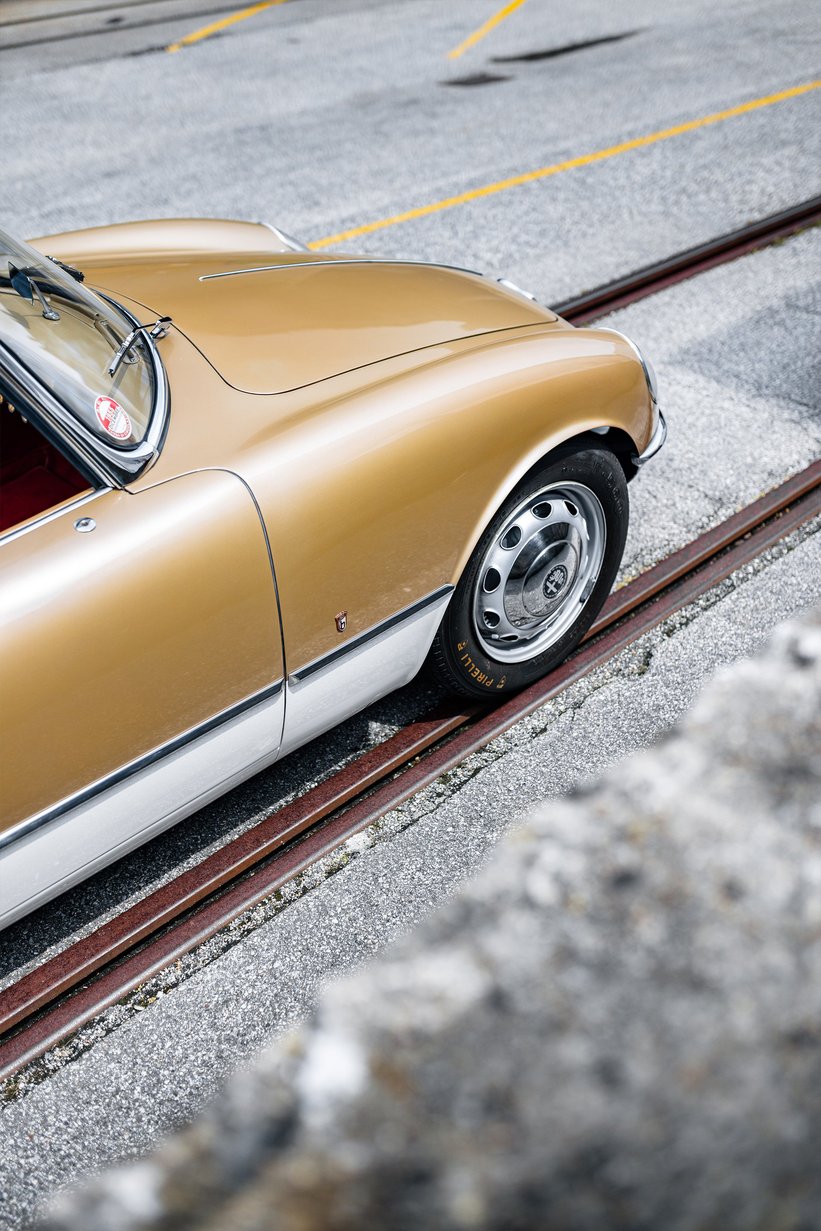
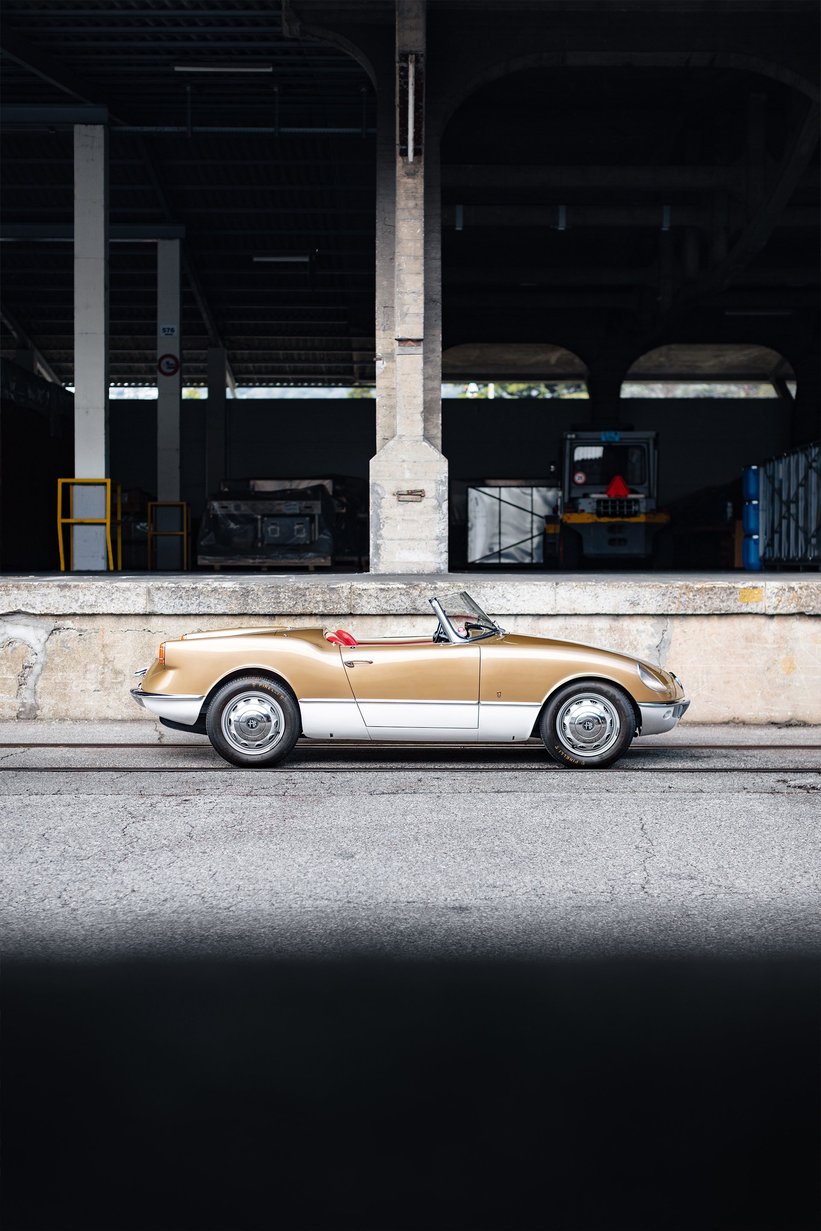
The car remains in the Lopresto Collection to this day: an integral part of Lopresto history and a formative influence on their current restoration process and philosophy. When asked about how the car compares to the Pininfarina-designed Spiders that displaced the Bertone prototype from the history books, Duccio said, “it feels amazing, it’s extremely light. Franco Scaglione designed amazing and beautiful cars, but he was also a mathematician; the lines follow the golden ratio and were also heavily influenced by early aerodynamics”. The car is powered by an 80hp 1.3-litre, four-cylinder engine, and with a wheelbase of just 2.2 metres and an aluminium body, it’s also incredibly light. “Compared to a normal Giulietta, it’s much more fun. It’s not that different, but the aerodynamics make it feel quite fast,” adds Duccio. Looking at this tiny two-tone wonder today, it’s hard to believe that anyone could turn away such a gorgeous design, and as the subsequent Duetto Spiders show, Alfa Romeo management also clearly couldn’t get the Bertone prototypes out of their thoughts – and who can blame them?




















